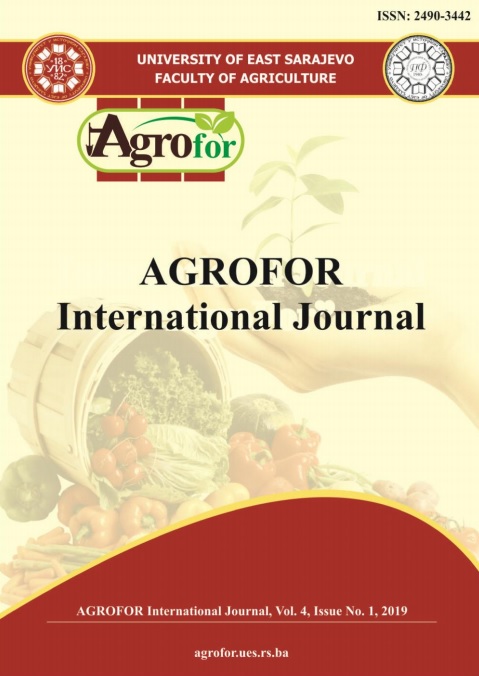ASSESSING GREENHOUSE GAS EXCHANGE OF AGRICULTURAL CROPS BY FLUX MEASUREMENTS IN THRACE PART OF TURKEY
DOI:
https://doi.org/10.7251/AGRENG1901154SAbstract
Agriculture plays an important role in the global greenhouse gas (GHG) budget and
its cycle. CO2 is one of the most important greenhouse gases, and plants release
CO2 into the atmosphere by respiration and sink it by photosynthesis from the
atmosphere. In addition, soil has an essential role in this exchange. Unfortunately,
studies on the measurement of greenhouse gases above agricultural crops in
internationally accepted methods are not sufficient, especially in developing
countries. Thus, it is a clear need to determine carbon exchange of agricultural
crops and activities (sink and emission) by taking into consideration of the specific
conditions such as climate, crop variety, soil etc. Eddy Covariance (EC) is one of
the widely used micrometeorological methods in the world for flux measurement
studies. Developments in measurement and analysis by instruments have allowed
this method to be applied more by researchers for the studies on GHG exchange. In
this research, carbon exchanges (sink and emission) of watermelon grown in
Atatürk Soil, Water and Agricultural Meteorology Research Institute located in the
Thrace part of Turkey, was measured using the Eddy Covariance method. Finally,
estimated gas exchange above crops will be presented.

